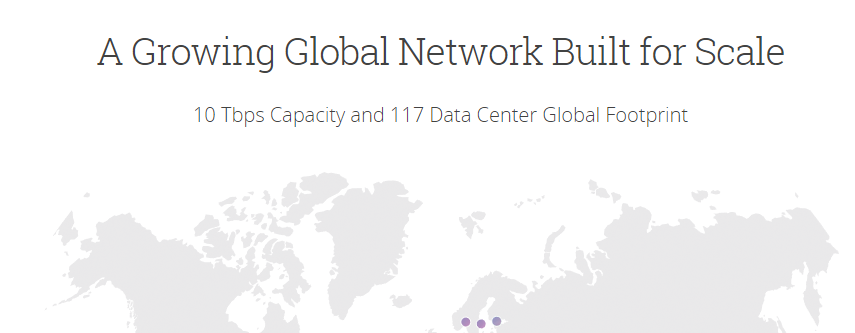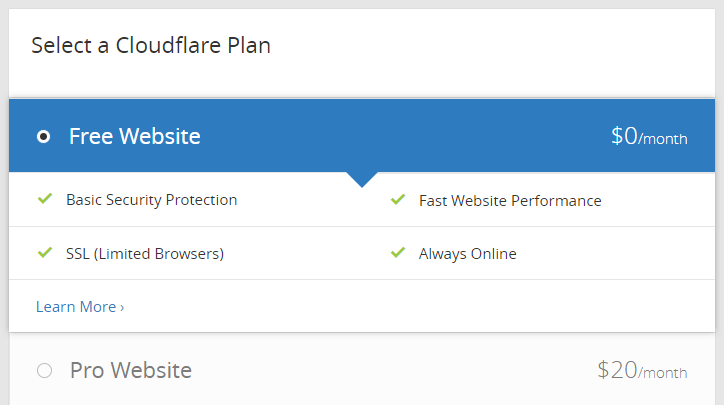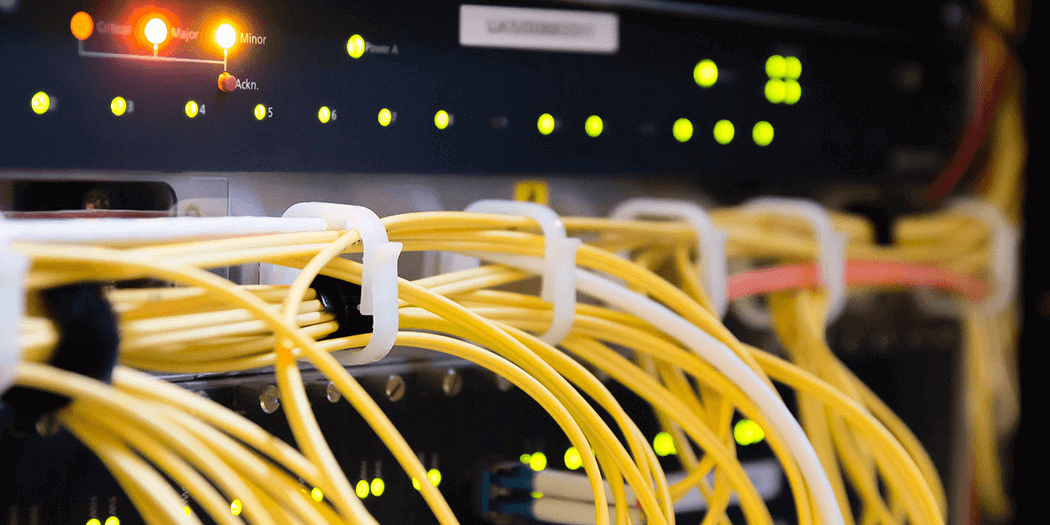How to Enable Cloudflare Content Delivery Network (CDN)
No one likes a slow website – that much is obvious. The problem is that there are a lot of things that can cause your site to feel sluggish. This means it might take a while to find a solution that speeds everything up.
When it comes to optimizing your site’s performance, however, not many solutions come close to Content Delivery Networks (CDNs). Simply put, CDNs use a decentralized system of servers around the globe to display your website far faster than most hosting providers can. They’re not a hosting solution per se, just a middleman between you and your visitors.
In this article, we’ll introduce you to Cloudflare, one of our favorite CDNs. Then we’ll teach you how to enable it for your website in three simple steps. Let’s get to work on improving those loading times!
An Introduction to Cloudflare

Cloudflare, like most Content Delivery Networks (CDNs), is essentially a network of servers spread out across the globe. When you set up Cloudflare to work with your website, it saves copies of your pages to its servers, which is known as caching. Whenever someone tries to access your site, Cloudflare displays one of those copies from the server closest to their location.
This is why Cloudflare is capable of serving content much faster than a regular web host. After all, it doesn’t have to fully ‘render’ your website each time someone visits – it just has to deliver it from storage. The platform also offers additional helpful features, such as protection against Denial of Service (DDoS) attacks and spikes in traffic, analytics tools, and more.
Not all CDNs offer this many extra options, which is part of the reason for Cloudflare’s popularity. You can also sign up to the platform for free to take advantage of its optimization capabilities, DDoS protection, and even Secure Sockets Layer (SSL) certificates. This plan only supports up to three pages, but it’s a solid deal for small websites.
Key Features:
- Save cached copies of your website, and use a global network to display them to visitors.
- Protect your website against DDoS attacks and traffic spikes.
- Gain access to a suite of third-party apps available to all Cloudflare users, such as PayPal.
- Ensure that visitors can still browse your content even if your site is temporarily offline.
- Take advantage of in-depth analytics options.
Price: Cloudflare offers a free plan that supports up to three pages and provides you with access to its CDN network. Professional plans start at $20 per month.
How to Enable Cloudflare on Your Website (In 3 Steps)
If you have one of our cPanel Hosting accounts, you can actually turn on CloudFlare right from with your cPanel control panel. It’s quick and couldn’t be much easier to take advantage of all of the benefits available. Even if you don’t have a cPanel plan, CloudFlare can still be easy to setup. Follow these easy step-by-step instructions.
Step 1: Create a Cloudflare Account and Add Your Website
First, navigate to the Cloudflare homepage and click on the Sign Up button at the top of the screen. On the next page, type in your email address and password:

Now, Cloudflare will ask you to enter the URL for the site you want to link your account to:

Cloudflare will then start analyzing your Domain Name Server (DNS) records. The service needs to update them so it can route visitors to its own servers whenever necessary. This is a simple and automatic process, so you’ll just need to wait for a moment. Click on Continue when it’s done, and move on to the next step.
Step 2: Update Your Domain Name Servers and Choose a Plan
On the next screen, Cloudflare will display a list of the DNS records associated with your domain name. You’ll find a Cloudflare icon (an orange cloud with an arrow behind it) next to each record, as seen below:

By default, Cloudflare will enable the option to route traffic to your domain through its servers. You can toggle off this option by clicking on the icon. However, doing this means you’ll lose out on the platform’s features, so this is an option to leave on until you want to switch CDNs or disable the service.
For now, click Continue once more. On the next screen, you’ll be able to choose which plan you want. We recommend starting with the free tier until you’ve decided you’re happy with the service. You can upgrade to a premium plan at any time:

Cloudflare will now provide you with new nameservers for your domain:

You will need to add these manually. This is necessary, because Cloudflare can’t just take over your DNS records automatically. Otherwise, people would be able to sign you up for the service against your will.
To do this, you’ll need to log into the web host or registrar where you signed up for your domain. How you go about this will depend on your registrar’s setup. For example, if you bought your domain through our service, you’ll simply need to log into your account and click on the Manage button next to the domain you want to update:

Look for the option to edit your nameservers. In this case, it’s called Custom Nameservers. After choosing it, you just have to add the nameservers into the corresponding fields, and save your changes:

If you’re not sure how this process works for your registrar or web host, check out their documentation or contact support. Chances are it’s simple, but it can be tricky to find the right settings if you’ve never done this before.
Step 3: Review Your Cloudflare Security Settings
At this stage, Cloudflare is up and ready to go. Each time you log into the platform, you’ll see a dashboard displaying the status of the service and the details for your linked domain:

You’ll notice that one of the sections above is called Security Level. This is one of Cloudflare’s most interesting settings, and it’s worth looking at in a bit more detail. By default, your Cloudflare security is set to Medium, which means that the platform will automatically route ‘bad’ traffic to a challenge page (a type of CAPTCHA) to weed out bots:

If you think this setting isn’t right for your site, you can lower or raise the security level at will. You have full control over your configuration, so be sure to check out Cloudflare’s documentation to see what every option does.
Conclusion
Using a CDN is an excellent solution for most websites. If you want to speed up your loading times and protect your site from security breaches, a CDN can help you tackle both tasks. Plus, with Cloudflare you get access to a free plan you can use on any website, which you can upgrade if you ever need more features.
Here’s how to set up Cloudflare for your website in three steps:
- Create a Cloudflare account and add your site.
- Update your domain name servers and choose a plan.
- Review your Cloudflare security settings.
Related Resources
An Introduction to Cloudflare (And How It Can Benefit You)
How to Prevent Your Business-Critical Sire from Going Offline (6 Tips)
Image credit: Pixabay.




